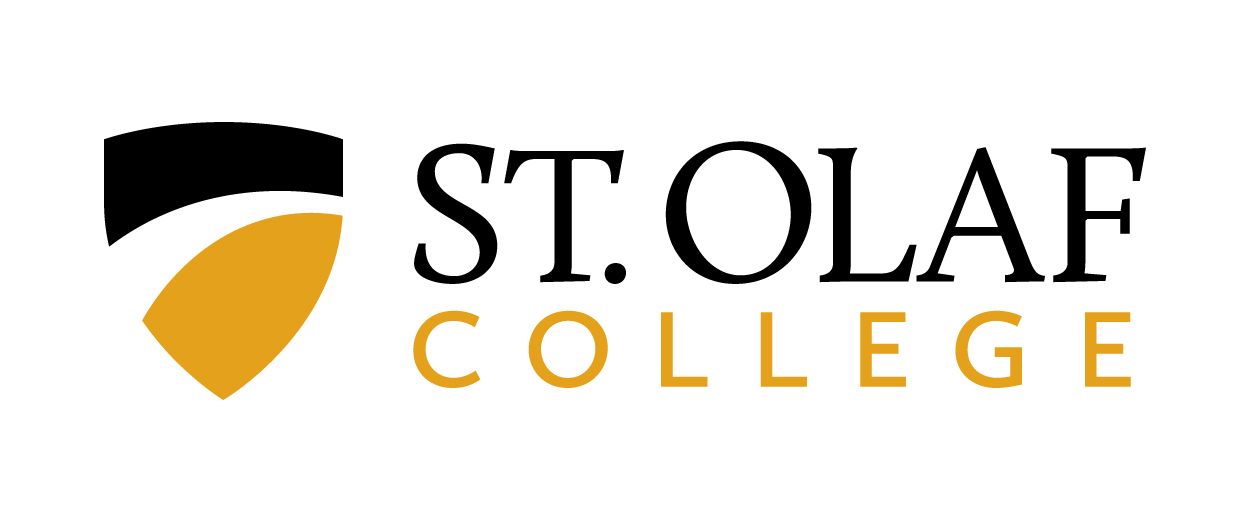Bumping this request for feedback on the use of cloth masks in laboratory spaces. Please limit the replies to best practices for laboratory use of cloth masks and not whether public use is or isn't justified.
My personal opinion is that a lab is very different from a public space and deserves additional consideration. The ventilation is better but there are also additional hazards which probably present a more likely exposure and risk than
an asymptomatic labmate.
Thought provoking questions
OSHA says surgical masks are a physical barrier. Physical barriers are considered engineering controls. A face shield is also a barrier but it's considered PPE. Is it considered PPE because the individual has to wear it and provides them
protection as opposed to a source barrier? If a cloth mask is a physical barrier providing source isolation where does it rank in effectiveness? Is it an engineering control, PPE or something less effective than PPE?
OSHA's enforcement guidance says cloth masks are not ppe. emphasis added.
Using homemade masks or improvised mouth and nose covers only, as a last resort (i.e., when no respirators or facemasks are available). Improvised masks are
not personal protective equipment and, ideally, should be used with a face shield to cover the front and sides of the face. When this measure is the only resort, refer to the Centers for Disease Control and Prevention (CDC) guidance at www.cdc.gov/coronavirus/2019-ncov/hcp/ppe-strategy/face-masks.html.
For those of you whose institutions have decided to require cloth masks in lab spaces what best practices are you recommending?
- Do you require different masks in lab vs home areas?
- How are you discouraging the mask from becoming contaminated by other lab hazards? e.g. adjusting while wearing contaminated gloves. Are you encouraging people to change them frequently?
If you are not using masks in the labs are you discouraging talking as another means of source control? See
https://www.nature.com/articles/s41598-019-38808-z
- speaking (as exemplified by counting aloud) releases about 2-10 times as many total particles as a single cough
- droplet nuclei generated by singing is 6 times more than that emitted during normal talking and approximately equivalent to that released by coughing
- counting aloud for 10 seconds followed by 10 seconds of breathing, repeated over two minutes, releases half as many particles as 30 seconds of continual coughing, which in turn releases
half as many particles as saying "aah" for 30 seconds.
On an encouraging note, this recent
NEJM letter showed an impressive reduction of particles generated during speech while wearing a damp cloth cover in a
video clip. Thoughts on why a damp mask was used? Would a dry cover have had the same result?
Or are cloth masks in a lab no big deal and now just a part of our standard attire like a shirt?
It would be helpful if AIHA or ACS could release a statement on the use of cloth masks in laboratories.
Looking forward to your comments,
--- For more information about the DCHAS-L e-mail list, contact the Divisional membership chair at
membership**At_Symbol_Here**dchas.org Follow us on Twitter **At_Symbol_Here**acsdchas

